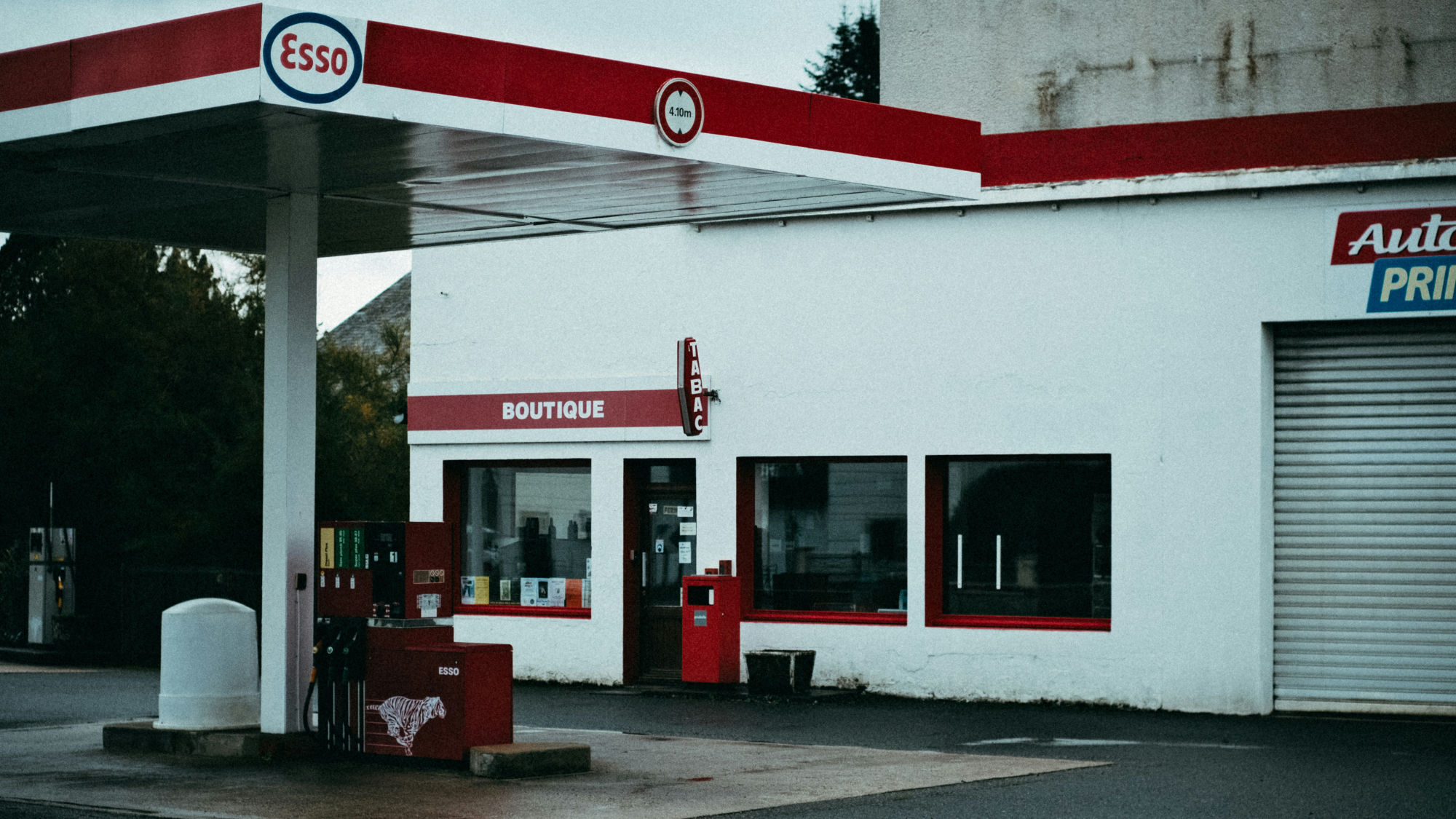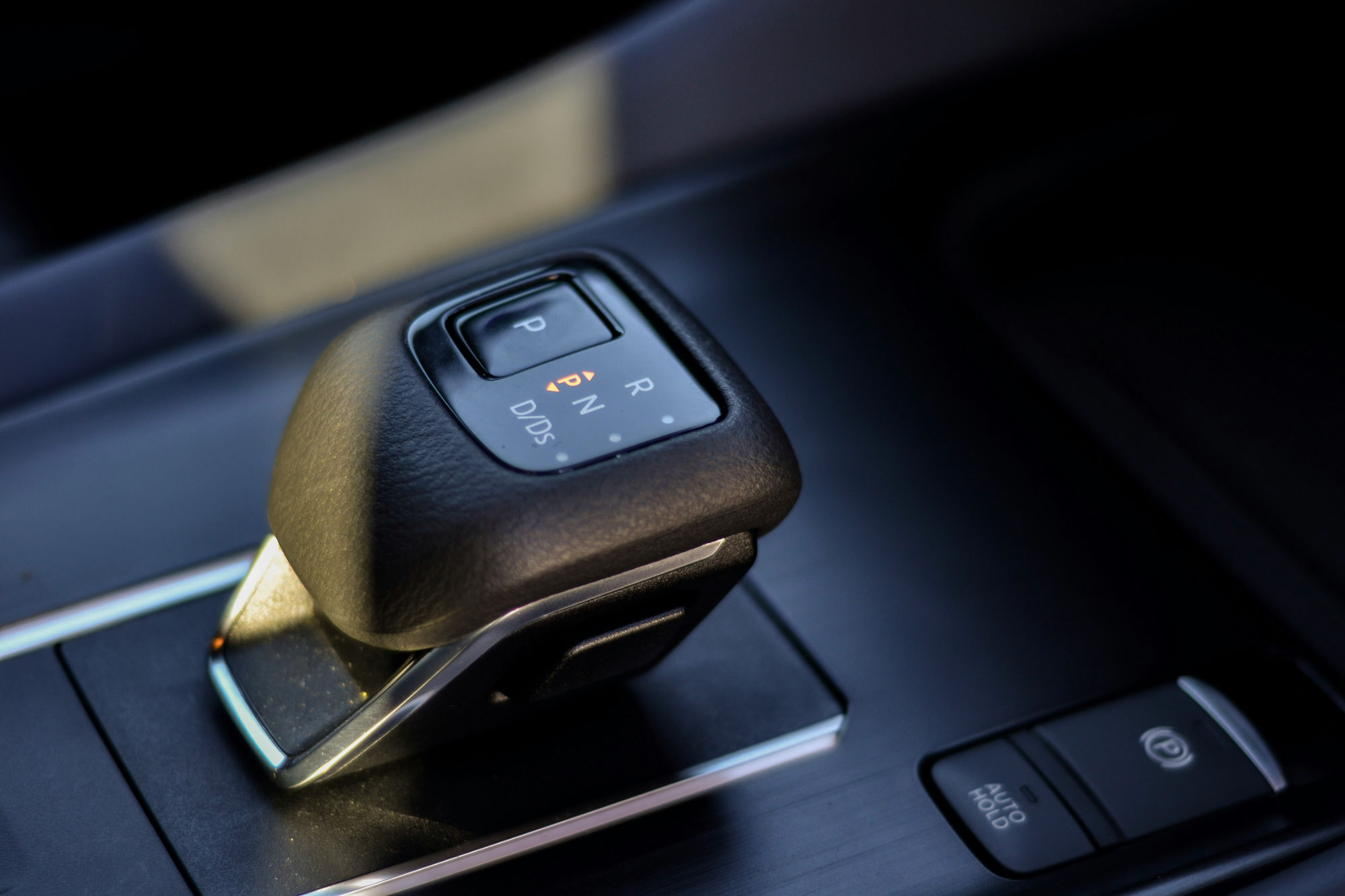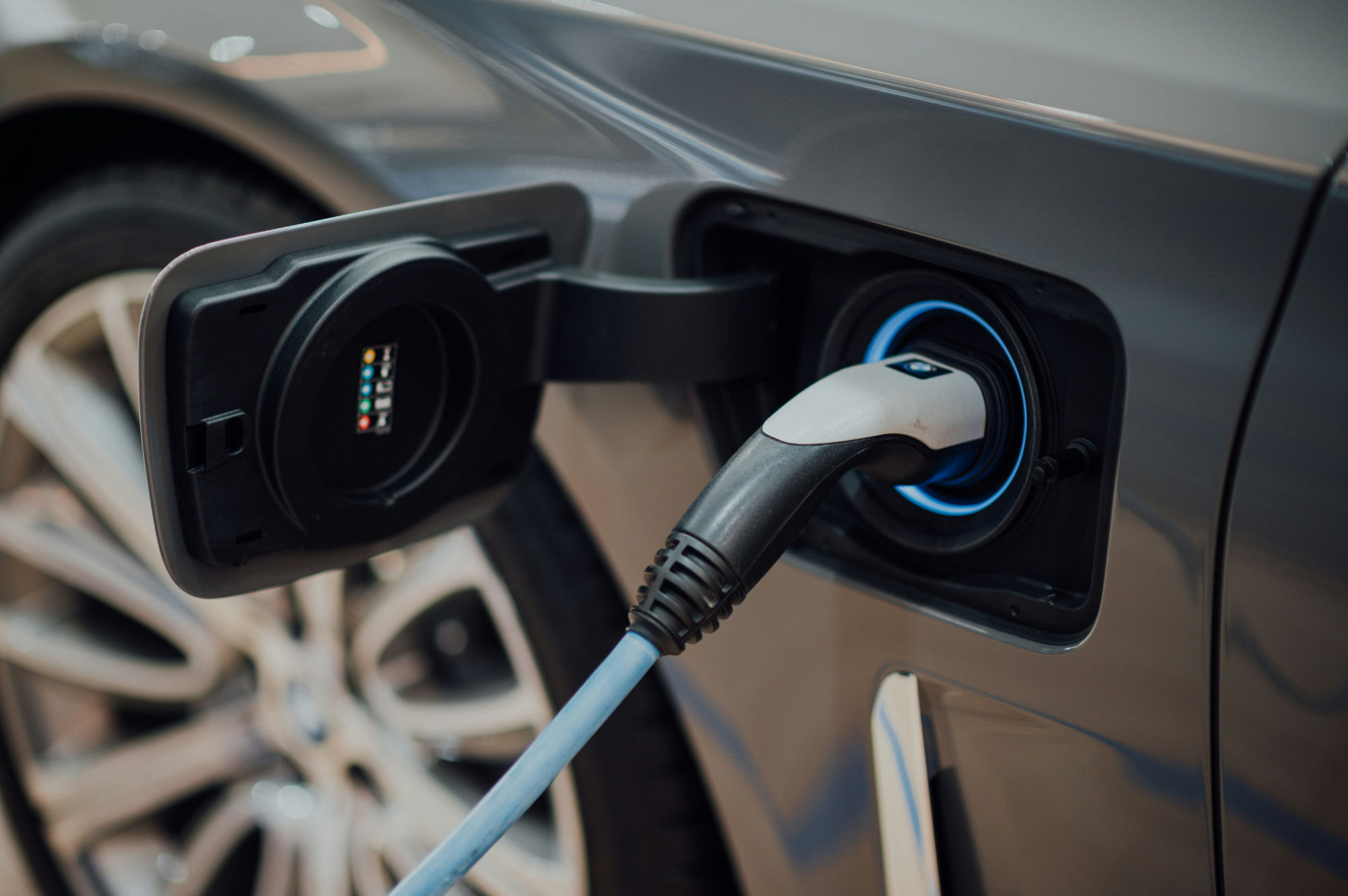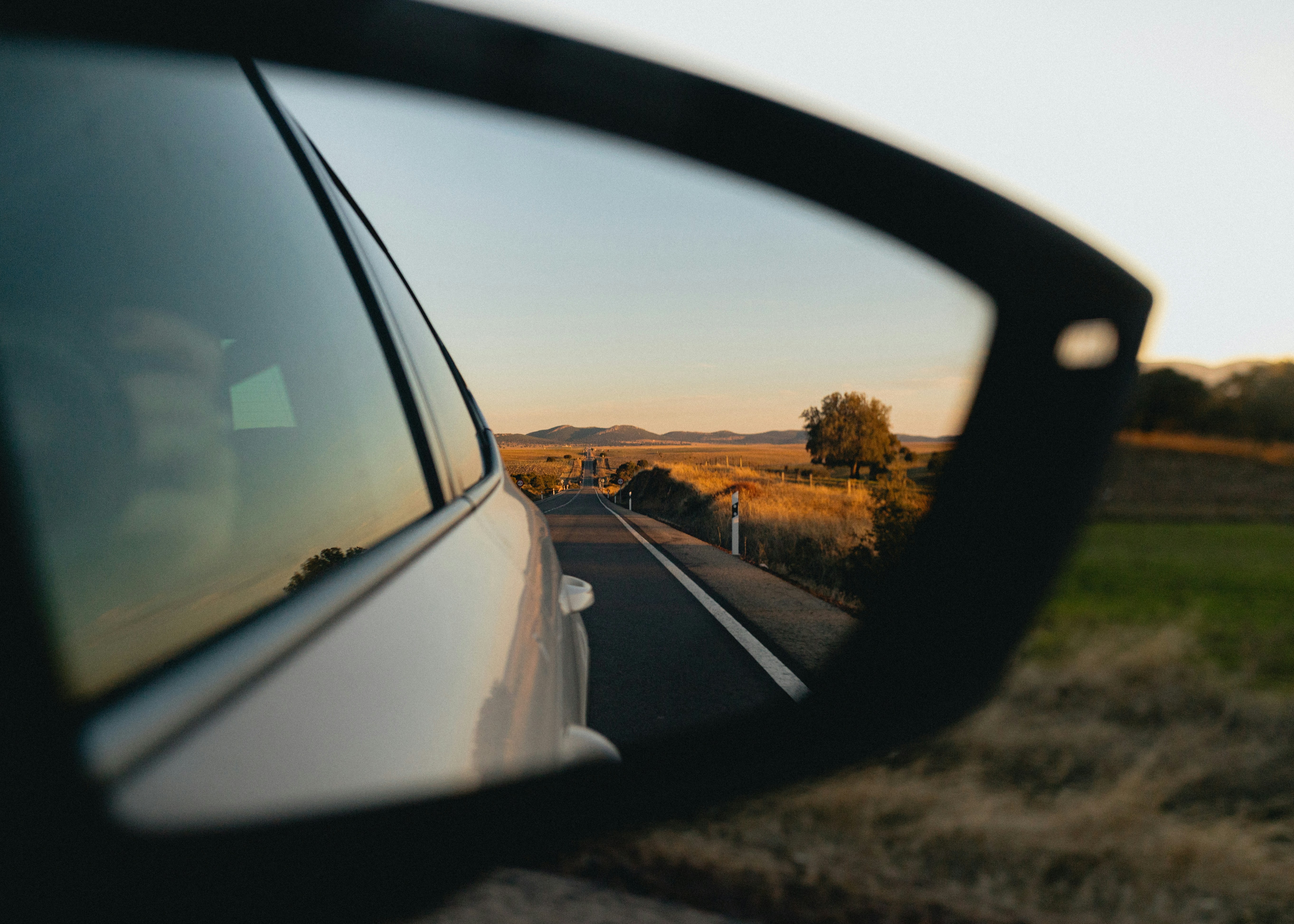Everything You Need to Know About Refueling in France

If you are planning a road trip through France, one of the most important practical aspects to consider is refueling your car. Whether you are driving your own vehicle from abroad or renting a car locally, understanding how French fuel stations work can save you time, stress, and money. This longread covers everything you need to know about refueling in France, from fuel types and prices to payment methods and cultural differences at the pump.
Types of Fuel Available in France
French fuel stations offer a range of fuels, similar to most European countries, but the names and labels may differ. Here are the main types:
Sans Plomb 95 (SP95): This is the standard unleaded petrol (gasoline). It is suitable for most modern cars.
Sans Plomb 95-E10 (SP95-E10): A more eco-friendly version of SP95 that contains up to 10% ethanol. Increasingly common, but not compatible with all vehicles, especially older models.
Sans Plomb 98 (SP98): Premium unleaded petrol, usually slightly more expensive. Offers better performance for high-compression engines.
Gazole (Diesel): The most common fuel in France because a large percentage of French vehicles are diesel-powered.
GPL (Gaz de Pétrole Liquéfié / LPG): Liquefied petroleum gas, available at select stations. Popular with certain fleets and eco-conscious drivers.
Electric charging: While not technically “fuel,” charging stations for electric vehicles are rapidly expanding across the country, especially on highways and in major cities.
When in doubt, always check your car’s fuel cap or rental agreement to confirm the right fuel type. Putting the wrong fuel in your car can be an expensive mistake.
Fuel Prices in France
Fuel prices in France are influenced by global oil markets but also by local taxes and regulations. Typically, prices are displayed per liter (not per gallon).
As of recent years:
Petrol (SP95 and SP98) often costs between €1.70 and €2.00 per liter.
Diesel (Gazole) is usually slightly cheaper, around €1.60 to €1.80 per liter.
Prices fluctuate weekly and even daily.
It is worth noting that fuel is more expensive on the autoroutes (motorways) compared to stations in towns or near supermarkets. Many locals avoid filling up on the highway unless absolutely necessary.
How to Save Money on Fuel in France
Refuel at supermarkets: Chains like Carrefour, Leclerc, Intermarché, and Auchan often have the cheapest fuel prices.
Avoid motorway service areas: Prices can be 10–20 cents per liter higher.
Use fuel comparison apps: French drivers use apps like “Essence & Co” to check local prices.
Consider timing: Fuel prices sometimes dip mid-week, although this is not a strict rule.
Paying at French Fuel Stations
Payment methods at French stations can be slightly different than in other countries, so it’s good to know what to expect.
Credit and debit cards: Visa and Mastercard are widely accepted. However, some automated pumps (especially at night) only work with cards that have a chip and PIN.
Pre-authorization: At automated stations, the machine may temporarily block €100–€150 on your card before adjusting to the actual purchase amount. Don’t panic; this is standard practice and the difference is refunded automatically.
Cash: Many manned stations accept cash, but automated pumps (common outside business hours) usually do not.
Fuel cards: In France, businesses often use special fuel cards. Not useful for tourists, but you may see signs for them.
Tip: If your card doesn’t work at an automated pump, try during staffed hours or at a supermarket station during the day.
Opening Hours and Self-Service
One key difference in France is that not all fuel stations are staffed 24/7. In smaller towns, stations may close in the evening or on Sundays. However, most have automated 24-hour pumps where you can use a credit or debit card.
On the motorways, service areas are usually open around the clock and always have at least one option for fuel.
How to Refuel in France
The process is straightforward, but if you are used to full-service stations (common in some countries), here’s what to expect:
Pull up to the pump: Make sure you are on the correct side of the vehicle for your fuel cap.
Check the fuel type: Pumps are clearly labeled (SP95, SP98, E10, Gazole).
Insert card or go inside: At manned stations, you may prepay or pay afterward. At automated stations, insert your card and enter your PIN.
Pump fuel: Select the correct nozzle and fill your tank.
Collect receipt: Especially useful if you need proof for car rental or expense reports.
Cultural Differences and Tips
Language barrier: Most instructions at pumps are in French. Words to know:
“Essence” = petrol
“Gazole” = diesel
“Sans plomb” = unleaded
“Payer” = pay
Queueing: At busy times, especially holiday weekends, expect queues at stations near autoroutes.
Strikes and shortages: Occasionally, fuel strikes in France can cause shortages. Always keep at least a quarter tank if traveling during politically tense periods.
Eco-driving: France promotes eco-driving (“éco-conduite”). Driving smoothly not only saves fuel but is also encouraged culturally.
Electric Vehicle Charging in France
With the rise of EVs, charging infrastructure has expanded significantly. Tesla Superchargers are common, and networks like Ionity, Allego, and TotalEnergies also offer fast charging. Many supermarkets and shopping centers provide free or low-cost charging stations.
Tips for EV drivers:
Download apps like Chargemap to locate chargers.
Not all stations accept foreign cards—consider registering with networks in advance.
Rural areas may have limited charging options, so plan ahead.
Fuel Station Chains in France
You will encounter many familiar and unfamiliar brands. The biggest players include:
TotalEnergies – France’s most widespread network, found everywhere.
Esso – Known internationally, also present in France.
Shell – Limited but still found near motorways.
Supermarket stations – Leclerc, Carrefour, Intermarché, Auchan. Often the cheapest.
Driving Rules Related to Fuel in France
Carrying fuel cans: It is generally discouraged to carry large fuel containers in your vehicle, especially across borders. Small emergency cans are acceptable.
Speed limits and fuel consumption: On autoroutes, speed is limited to 130 km/h (or 110 km/h in rain). Driving slower not only improves safety but also significantly reduces fuel usage.
Low Emission Zones (ZFE): Some French cities (like Paris, Lyon, Grenoble) have restrictions based on vehicle emissions. Always check if your car qualifies before entering.
Planning for Long Road Trips
If you are driving long distances across France:
Plan stops: Autoroute service areas appear every 20–30 km, but fuel is expensive there.
Know your range: Distances in rural France can be long without stations, especially at night.
Holiday traffic: During “chassé-croisé” weekends (when Parisians swap vacation dates), stations near highways can be extremely busy.
Conclusion
Refueling in France may feel slightly different at first, but once you know the basics, it is straightforward. Remember the key points: fuel types (SP95, SP98, E10, Gazole), higher prices on highways, supermarket savings, card payments at automated pumps, and planning ahead for rural or holiday travel.
By keeping these tips in mind, you can focus less on worrying about the next fuel stop and more on enjoying the scenic drives through vineyards, mountains, and coastal routes that make France such a wonderful country to explore by car.


